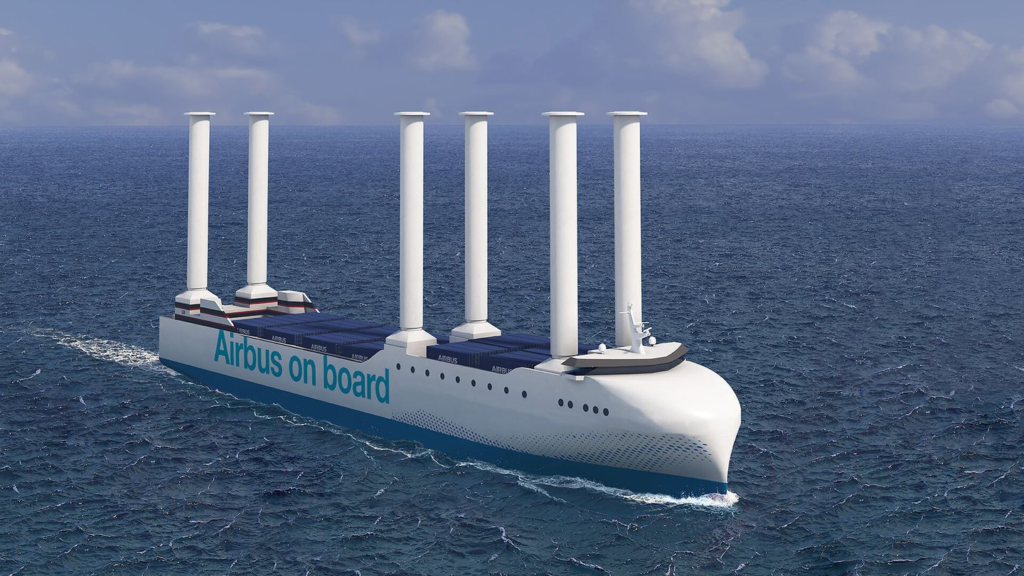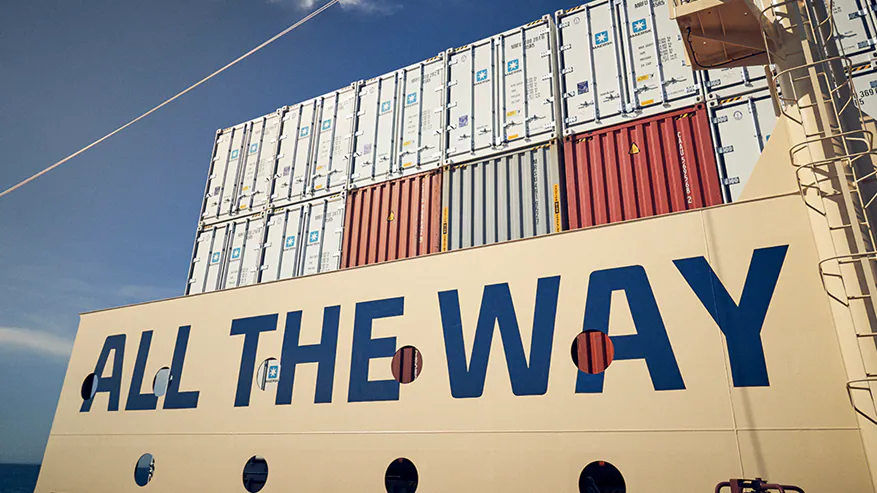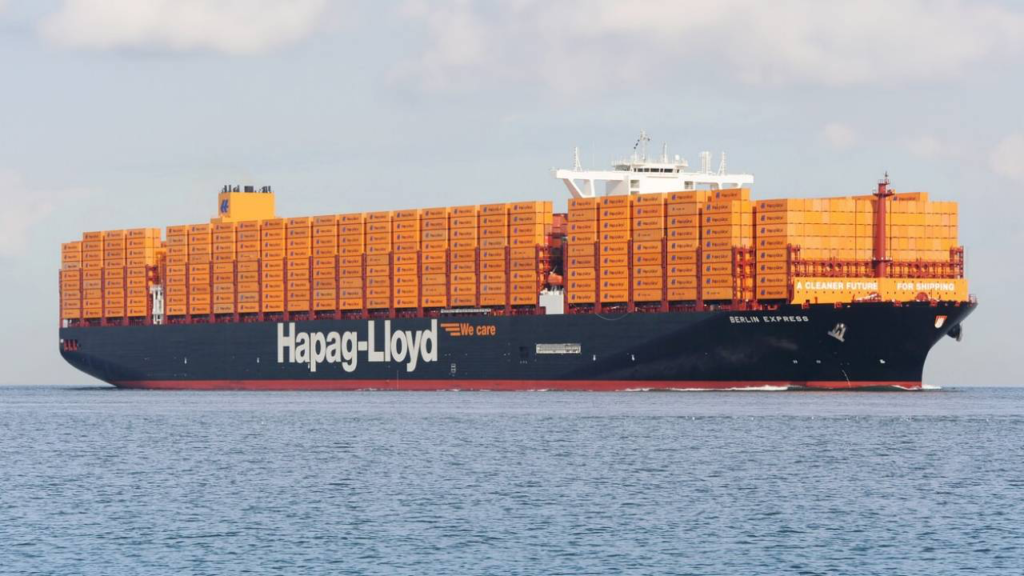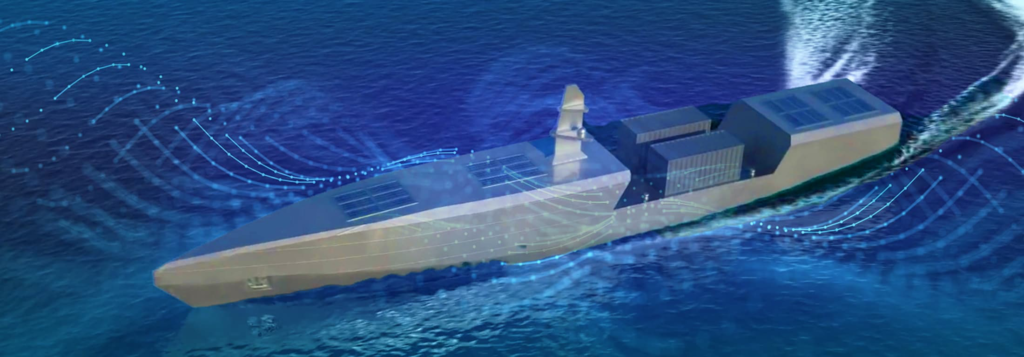Airbus renews transatlantic fleet with lower emission ships
Toulouse, France, October 25, 2023 - Airbus Group SE (Paris: AIR) will renew the entire fleet of chartered vessels that transport aircraft subassemblies between production facilities in Europe and the United States with three modern,…




